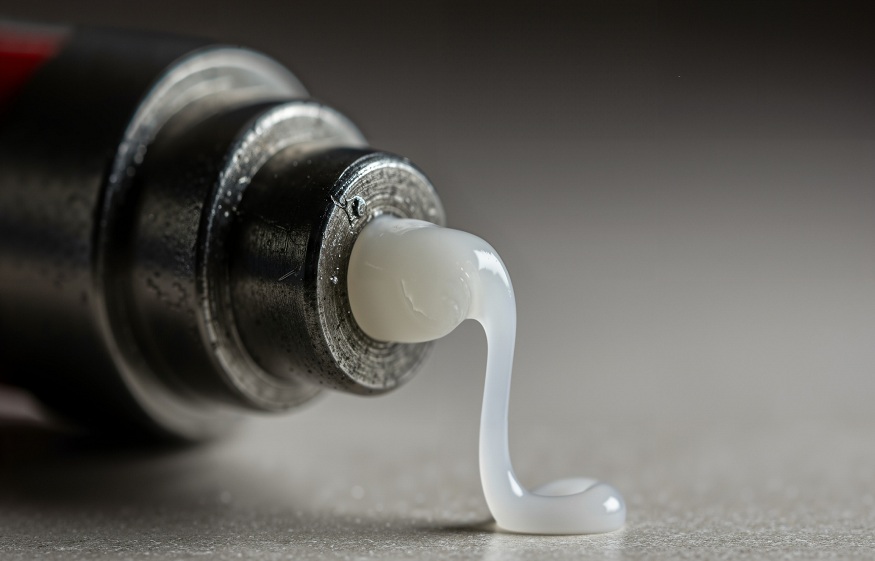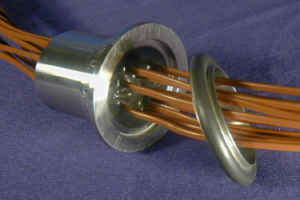The Science of Sticking Things Together

Ever stop to think about why glue sticks and tape works only on certain walls? The universe of adhesion is packed with chemistry you didn’t know you read while doing homework. From the clear tape that stubbornly picks up dust to the shoe repair glue that makes soles walk again, science is literally behind every bond you choose.
What Makes Things Stick?
Sticking happens when tiny armies of molecules team up. Sometimes they act like bar magnets snapping together, while at other times they slide inside tiny cracks, turning glue into surprising interior designers. Picture honey on a finger, a scene of bonding without a single word: molecules cling, crawl, and stay.
Take a look at the surface itself. Smooth glass is like a deserted beach for glue, while the tiny valleys of sandpaper are complex trailer camps. When a glue moves into those valleys, it broadens the footprint and makes the bond solid, exactly the way climbers use every cranny to defy gravity.
Types of Adhesives and How They Work
Paper and cardboard prefer a gentle glue – think watered paste from the kindergarten bottles. Water-based adhesives work great for paper and cardboard. They’re safe and easy to clean up. This is why schools use them for art projects.
Solvent-based adhesives deliver a powerful grip. They bond firmly quickly, but need good ventilation because they release fumes. You’ll spot these in manufacturing and construction.
Hot melt goes on hot, cools off, and has a bond before you can chat about drying time. Apply it, see it fuse, and walk on. Think of the heated nozzle of a glue gun; move that bead in a squeezy trigger and you’re already melding parts.
For the grand slam, engineers dial in structural glues like epoxy film adhesive. The experts at Axiom Materials explain that these thin, rigid sheets tolerate the airflow hiss of re-fueling nozzles and the fatigue of landing gear. They hold composite wings together for the long haul.
The Chemistry Behind the Bond
Chemistry drives every cure. Some adhesives lose moisture and leave a sticky polymer. Others undergo chemical changes that create entirely new molecules.
Cross-linking is one of the coolest processes. Imagine molecules holding hands to form long chains. These chains interlock and create a network that’s much stronger than the original liquid adhesive. It’s like building a molecular spider web that traps everything in place.
Heat can push reactions along, so glue hardens faster when things warm up. Cold, on the other hand, drags everything out, so a freezing day can make tape treat you poorly when you try to use it. The glue just isn’t ready to work.
The Future of Sticking
Scientists continue developing smarter adhesives. Some of the latest systems stick and peel when exposed to light and heat. Others mimic gecko feet, using millions of tiny hairs to climb walls with no wet adhesive at all.
Due to growing environmental concerns, adhesives created from plants and other renewable resources are seeing a rise in popularity.
Conclusion
Adhesion science is woven into the fabric of our everyday routines. Whether it’s the barely drying classroom craft project or the heat-bonded structure of a satellite wing, these bond-generating substances ferry marvels of chemistry and physics through our hands. When you peel a piece of tape or squeeze a school-elmer tube, think of the choreography at the atomic scale. Molecules orchestrating attraction, rearranging into stable layers, and locking into relatives across surfaces. Despite seeming like a minor childhood mishap, the barely noticeable mark signifies one of our most subtle yet significant engineering accomplishments.







